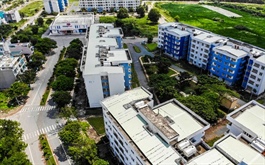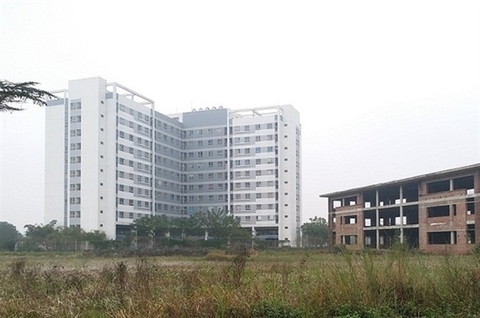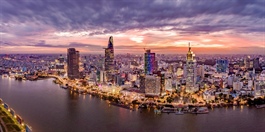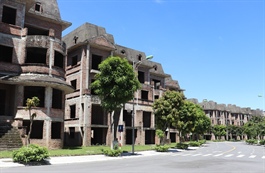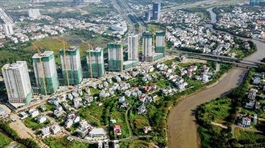Industrial zone sub-areas attracting attention of buyers
Industrial zone sub-areas attracting attention of buyers
Amid a slowly but steadily materialising recovery from social restrictions, real estate prices in the vicinity of Vietnam’s industrial zones are beginning to climb, heavily pushed by low supply.
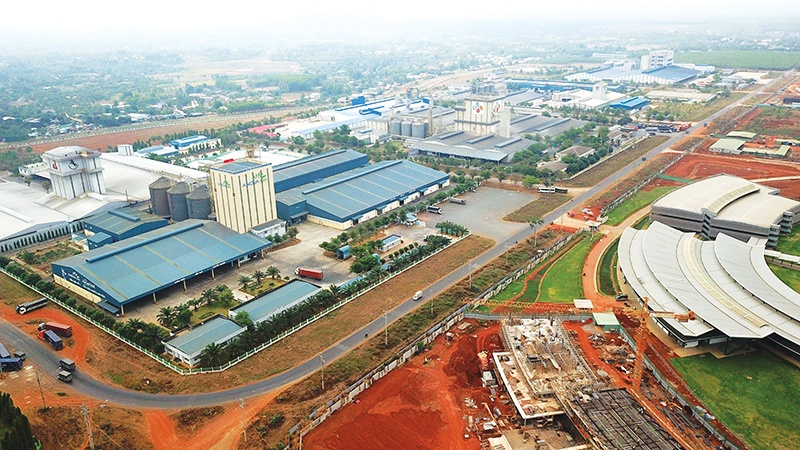
Nguyen Van Dinh, vice chairman of the Vietnam Real Estate Brokers Association, said that although the third quarter was overshadowed by the pandemic, most industrial zones (IZ) were able to maintain normal production activities, except for a handful of provinces. “However, the pandemic significantly affected the rental business around IZs,” said Dinh.
Tran Huu Giap, CEO of Gia Dia Real Estate JSC, explained that inland projects in Bim Son district of the central province of Thanh Hoa are receiving great interest, despite the slow reopening.
“The supply of newly-built projects around IZs is currently limited, and the few small- and medium-sized projects are not fulfilling demand. Therefore, any new project immediately attracts attention,” Giap said.
A recent report by JLL stated that the industrial land market in the south of Vietnam had no new supply and remained at around 25,220 hectares in Q3.
Similarly, only one ready-built factory project was launched on the market during Q1/2021, with the total land supply reaching 3.3 million square metres. Meanwhile, occupancy rates were maintained at 85 and 87 per cent for IZs and ready-built factories respectively, as there were no notable transactions in both areas.
Due to the limited supply of new land and properties, land prices in areas surrounding IZs have been skyrocketing. Near Binh Duong city’s VSIP 2, land prices soared to around $950 per sq.m, with some locations even reaching as high as $1,740 per sq.m.
In contrast to the south, the industrial real estate market in the north remained more active, with new supply in both IZs and ready-built factories.
Pho Noi A Industrial Park in the northern province of Hung Yen saw an expansion of 93ha funded by Hoa Phat Group in Q3. Meanwhile, the northern province of Bac Ninh’s Yen Phong 2C Industrial Park by Viglacera has completed procedures like site clearances and new constructions, bringing the total available area for currently leasable industrial land in the north to about 9,900ha.
Following the new supply, the occupancy rates of IZs in Haiphong, Hung Yen, Hanoi, Bac Ninh, and Hai Duong temporarily decreased slightly to 72 per cent, lower than in previous quarters.
Nevertheless, Bac Ninh’s land prices around VSIP increased sharply to more than $1,000 per sq.m, nearly double the price of two years ago. In neighbouring Bac Giang, land prices near IZs like Van Trung, Dinh Tram, Song Khu, and Quang Chau communes also increased by up to 70 per cent compared to the end of 2020, reaching peaks of around $1,740 sper sq.m.
According to Le Dinh Chung, deputy CEO of Hai Phat Land, after the pandemic is under control, Bac Ninh and Bac Giang will likely be the two provinces with the most positive signs of recovery. “Real estate businesses are watching the market and even participating in new transactions through online channels,” said Chung.
Although heavily affected by the pandemic, the supply and absorption rate in the residential market of the southwest region decreased sharply, to only about 25 per cent, but according to Duong Quoc Thuy, chairman of the Can Tho Real Estate Association, real estate projects around IZs are still hot. “The market still absorbed popular products with clean legal status in the VND1 billion ($43,500) bracket located at industrial hubs and benefiting from public investment projects,” Thuy said.
By the end of May, 394 IZs have been established with a total natural land area of about 121,900ha. 286 of these are in operation with a total natural land area of about 86,000ha.



